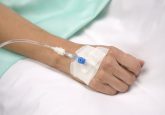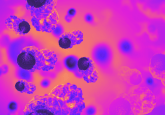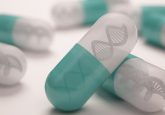RNA marker could detect autologous blood doping in athletes
Autologous blood doping, the process of self-transfusing an athlete’s red blood cells before competition to enhance their ability to carry oxygen, has previously been impossible to detect. The best detection method previously was to use the ‘Athlete Passport,’ which compares a pre-competition blood sample to one taken just before the competition to detect any significant changes in the biochemistry.
A team from Duke University (NC, USA) recently investigated miRNA present in red blood cells in order to develop a reliable test for determining new red blood cells from old ones in order to detect this form of doping.
The team took three units of blood from volunteers and processed the samples to purify it to just red blood cells, similarly to what is required for autologous transfusions. They then extracted and analyzed RNA samples from the cells at eight time intervals between 1–42 days. Changes in the RNA associated with storage became apparent as they compared the later samples to the sample taken on day 1.
Wen-Hsuan Yang, a graduate student from the team, explained: “Two types of miRNA increased in number during storage and two declined. One of the forms that declined, called miR-720, had the most dramatic and consistent changes.”
Further testing revealed the source of this 18-nucleotide fragment of RNA, miR-720, was likely to be a byproduct of a larger RNA being broken down by an enzyme during storage. This process was also discovered to occur in a precise and predictable manor.
Jen-Tsan Chi, leader of this World Anti-Doping Agency funded research project, concluded: “This increase in miR-720 is significant enough and consistent enough that it could be used as a biomarker for detecting stored red blood cells.”
Future research is intended to focus on understanding why the enzyme that produces miR-720 is active in stored cells and how it acts to break the larger RNA strand apart.
Sources: Yang WH, Doss JF, Walzer KA et al. Angiogenin-mediated tRNA cleavage as a novel feature of stored red blood cells. doi:10.1111/bjh.15605; www.sciencedaily.com/releases/2018/10/181018141217.htm






